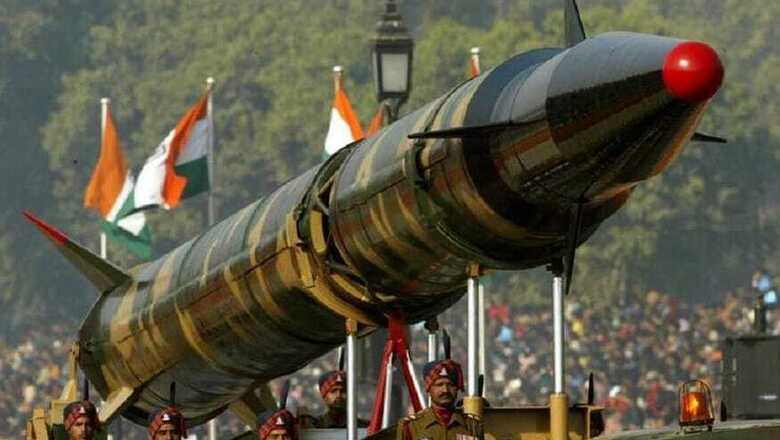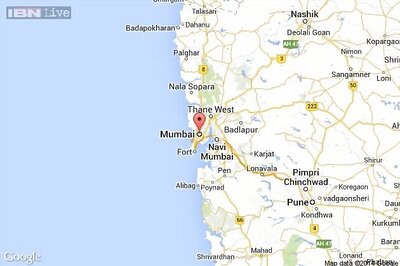
views
National Technology Day 2019 | Observed every year on May 11, National Technology Day acts as a reminder of India’s technological advancements. Notably, on this day, India successfully tested Shakti-I nuclear missile at the Indian Army's Pokhran Test Range in Rajasthan. The operation was led by late President Dr APJ Abdul Kalam and was called Operation Shakti or Pokhran-II. Two days later, India successfully test fired two nuclear weapons as part of Operation Shakti. In a way, National Technology Day highlights the importance of science in daily life and encourages youngsters to embrace it as a career option.
Shakti, the Pokhran Nuclear Test, the first nuclear test code named ‘Smiling Buddha’ was carried out in May 1974. The second test conducted was Pokhran II which was a series of five tests of nuclear bomb explosions carried out by India at the Pokhran Test Range of Indian Army in May, 1998. Notably, these nuclear tests evolved various sanctions against India by many major states, including United States and Japan.
Interestingly, the initial five tests were conducted on May 11, when three nuclear bombs were exploded while recording an earthquake of 5.3 Richter scale in the nearby seismic stations. Remaining of the two tests were carried out on May 13.
Following this, Prime Minister Atal Bihari Vajpayee announced India as a nuclear state, making it sixth country in the world that has joined the nations “nuclear club” and the first country that was not party to the Non-Proliferation of Nuclear Weapons Treaty (NPT).
The NPT is a global treaty signed by the UK, Russia, China, France and the US which has the objectives to prevent the increase of nuclear weapons and attain nuclear disarmament.
Lesser Known Facts:
The day also marks the flight of Hansa-3, India’s first indigenous aircraft, that was flown in Bengaluru when the nuclear tests were being organized in Rajasthan. Hansa-3 was developed by the National Aerospace Laboratories. It was a two-seater, light general aviation plane which is utilized in the flying institutes for sports, pilot training, aerial photography, surveillance and projects related to the environment.
May 11, 1998 was also the day the Defense Research and Development Organization (DRDO) accomplished the last test-fire of the Trishul missile, which was then introduced into service by the Indian Air Force and Indian Army.
The Trishul missile is a surface-to-air, quick-reaction, short-range missile, Trishul was a unit of the Integrated Guided Missile Development Programme of India which has resulted in the formation of Prithvi, Akash and Agni missile systems.



















Comments
0 comment